Santarém, the belvedere city of Ribatejo
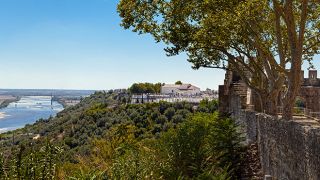
Don't miss
- do the Gothic tour of Santarém
- taste sopa de pedra in Almeirim
Standing on the top of a plateau, Santarém is a belvedere over the fertile wetland region, the River Tagus valley known for farming, cattle breeding and bullfighting.
The city incorporated the lands of the Order of Christ, which supported the Portuguese Discoveries financially. This was a highly developed region at the time, evidence of which is still visible today in its monuments, which are key features in the history of Portuguese art.
The point of departure for a tour of Santarém is usually the Portas do Sol Gardens, the citadel of the old castle which D. Afonso Henriques, the first King of Portugal, captured from the Moors in a surprise attack during the night in 1147. After admiring the landscape from this natural viewpoint, where the UrbiScallabis Visitor’s Centre is located, you can set out exploring the city.
Heading towards the historic centre, you will find the 14th century Clock Tower, today the Time Museum. It is also called Cabaças Tower, evoking the objects at its top, which served to magnify the sound of the bells that chimed the hours, said by some to represent the hollow heads which designed it.
Close by is the Romanesque São João do Alporão Church, converted into an Art and Archaeology Museum, with a Gothic-style apse, one of the first examples of the use of this architectural style in Portugal.
Photo: Igreja da Graça © José Manuel
This is where a journey begins through Portuguese Gothic, which then evolved towards features of Manueline inspiration to be seen in the Church of Nossa Senhora de Marvila, whose 17th century tiled facings are also exemplary. In the Church of Nossa Senhora da Graça, flamboyant Gothic reigns supreme. Inside is the tomb of Pedro Álvares Cabral, the discoverer of Brazil. Next door, you can visit Casa do Brasil (House of Brazil) which belonged to the family of this major figure in Portuguese history.
To complete this brief tour through Portuguese Gothic, leave for later a visit to the Santa Clara Church, which displays this style in its simplest and starkest form, as was the wont of the Poor Clares religious order. On this side of town, you will also walk past the 16th century Church of the Santíssimo Milagre, one of the most important for the city residents.
Strolling idly through the streets where you’ll come across some Renaissance buildings, you will get to Praça Sá da Bandeira, where the Church of Nossa Senhora da Conceição stands, today Santarém’s Cathedral, and the Church of Nossa Senhora da Piedade. Close by, is the 13th century Convent of São Francisco, recently restored from its long history of destruction and reconstruction.
In addition to the monuments, Santarém also provides culinary delights. After all, you’re in the capital of Ribatejo, which comprises fertile riverside regions, regularly flooded by the river. The Tagus is the soul of this part of the country, so river fish features high in regional cuisine, with eels, eaten fried or stewed, shad açorda (bread casserole), best in spring when the fish spawn, and lamprey which connoisseurs find divine.
In this area of meadows, where wild cattle graze, boiled meats are a specialty, like sopa de pedra (nail soup, a meat and vegetable broth) or migas ribatejanas, a delicious mix of vegetables and bread. Sweets won’t disappoint you either, made with lots of eggs and sugar.
Obviously, all these delicacies have the right wine to go with. Almeirim, Cartaxo, Santarém, Chamusca and Coruche are the main producers, part of the Ribatejo Wine Route.


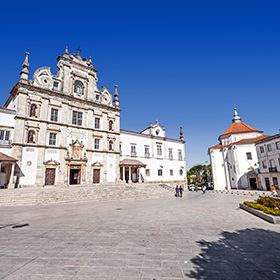
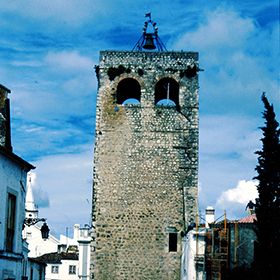
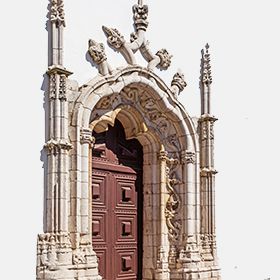
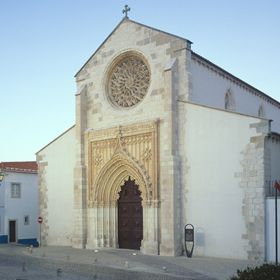




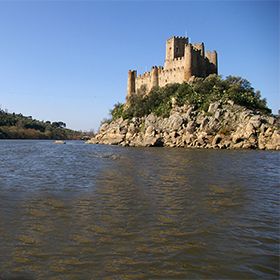



 Explore
Explore 
 Remember and Share
Remember and Share 


